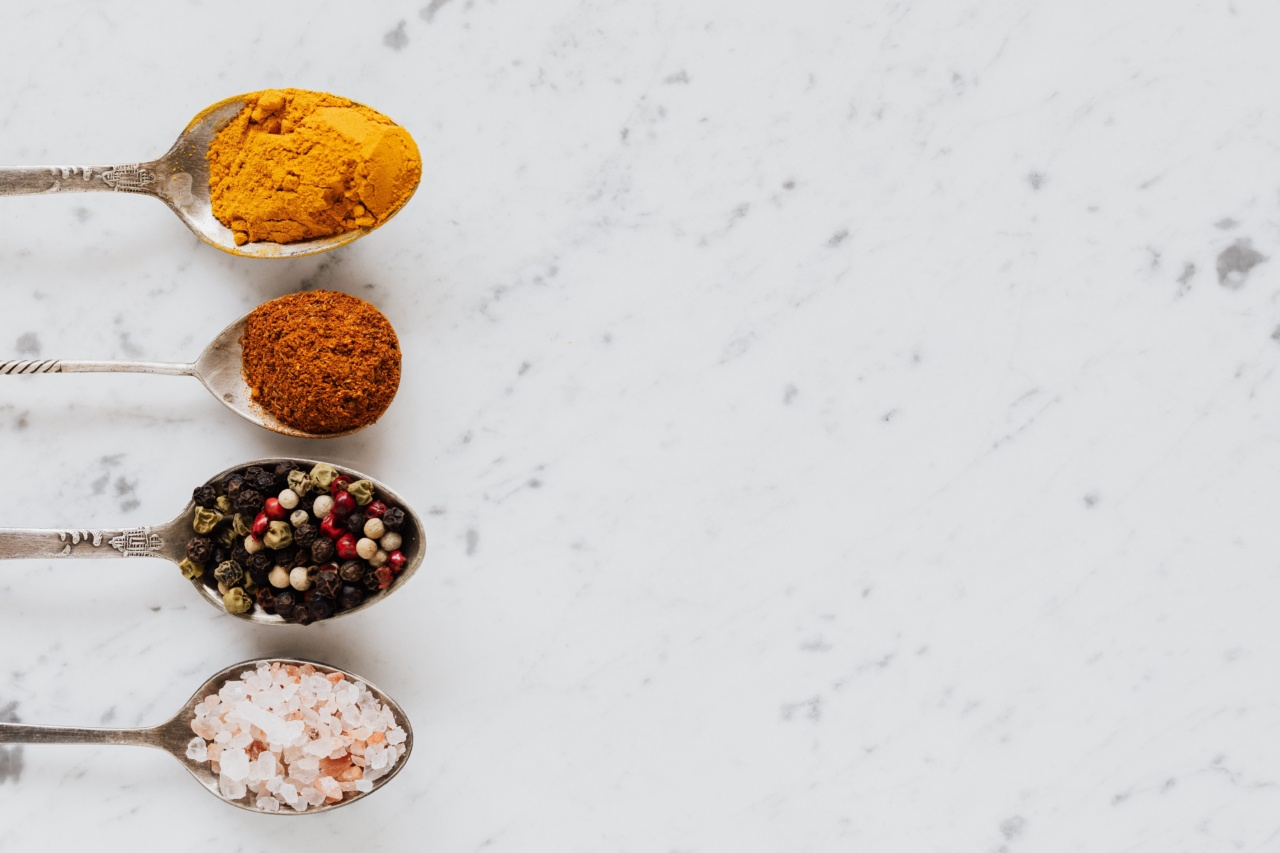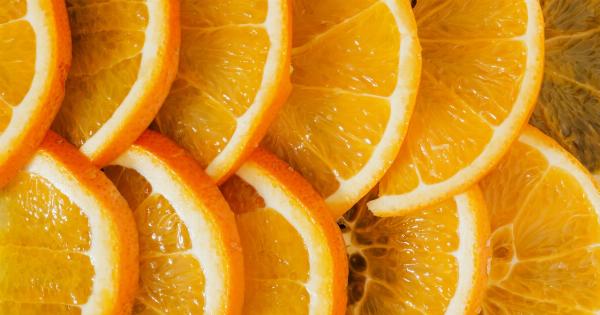Diet plays a significant role in maintaining overall health, and one crucial aspect of a healthy diet is monitoring our salt consumption.
While our body requires a certain amount of sodium to function properly, excessive intake can cause a range of health problems. High salt intake is strongly associated with hypertension (high blood pressure), which is a leading cause of cardiovascular diseases, stroke, and kidney problems.
With these alarming risks, it becomes imperative to explore ways to reduce salt intake in our daily lives.
Understanding Salt Intake
Salt, commonly known as table salt or sodium chloride, is composed of sodium and chloride ions.
It is a primary source of sodium in our diet, with approximately 40% of sodium coming from processed foods, 30% from natural sources, and 10% being added during cooking or at the table. While sodium is essential for the proper functioning of our body, excess consumption can wreak havoc on our health.
The Damaging Effects of Excess Sodium
Excessive sodium intake can have detrimental effects on our health. The most significant risk associated with high salt consumption is hypertension. Hypertension is a major risk factor for heart disease, stroke, and kidney failure.
It occurs when the blood vessels experience increased pressure due to the excess fluid in the body caused by high sodium levels. Additionally, a high-sodium diet has been linked to osteoporosis, stomach cancer, and increased water retention leading to bloating and weight gain.
Quick and Easy Strategies to Reduce Salt Intake
Reducing salt intake does not mean compromising on taste. With a few simple strategies, it is possible to cut down on sodium without sacrificing flavor. Here are some quick and easy ways to reduce salt intake:.
1. Read and Compare Food Labels
One of the most effective ways to lower sodium intake is to carefully read food labels and compare the sodium content of different products. Choose lower-sodium options whenever possible.
2. Cook from Scratch
Preparing meals from scratch allows you to have total control over the amount of salt used in your dishes. Using alternative herbs and spices can enhance the flavor without relying on excessive amounts of salt.
3. Limit Processed and Packaged Foods
Processed and packaged foods tend to contain high amounts of sodium. Opt for fresh, whole foods as much as possible to reduce your salt consumption.
4. Experiment with Herbs and Spices
Enhance the taste of your meals by experimenting with a variety of herbs and spices. They not only add depth to your dishes but also provide additional health benefits.
5. Be Mindful while Dining Out
Restaurant meals often contain excessive amounts of salt. Be cautious while ordering and request for dressings, sauces, and seasonings to be served on the side, allowing you to control the amount used.
6. Limit the Use of Condiments
Condiments like ketchup, soy sauce, and salad dressings can significantly contribute to sodium intake. Opt for low-sodium or reduced-sodium alternatives or use them sparingly.
7. Rinsing and Soaking Canned Foods
Rinsing canned foods such as beans and vegetables can help reduce their sodium content. Soaking them in water before cooking further reduces sodium levels.
8. Be Cautious with Salt Substitutes
Salt substitutes may appear healthier, but they often contain potassium chloride, which can be problematic for individuals with certain medical conditions. Consult with a healthcare professional before using salt substitutes.
9. Gradually Reduce Sodium Intake
Drastically cutting back on salt intake can be challenging. Gradually reduce the amount of salt used in cooking and at the table to allow your taste buds to adjust.
10. Stay Hydrated
Staying hydrated is essential to flush out excess sodium from the body. Drinking an adequate amount of water can help maintain a healthy sodium balance.
In Summary
Reducing salt intake is crucial for maintaining good health and preventing various diseases.
By being mindful of the sodium content in processed foods, cooking from scratch, and incorporating alternative spices and herbs, it is entirely possible to enjoy a delicious and lower-sodium diet. Remember, small changes in your eating habits can have a significant positive impact on your overall well-being.





























